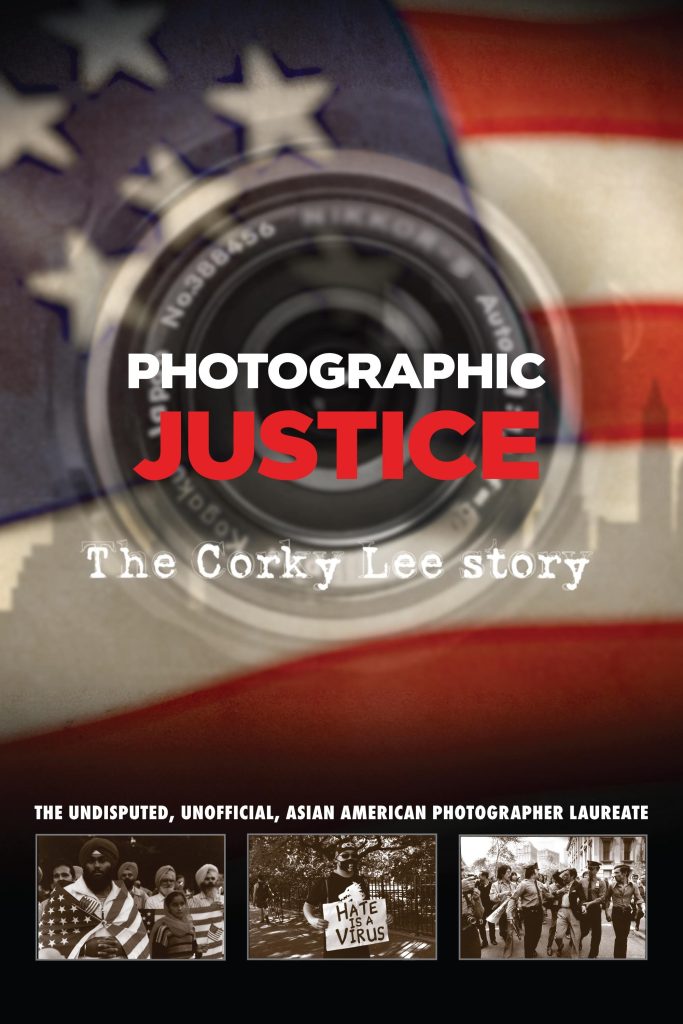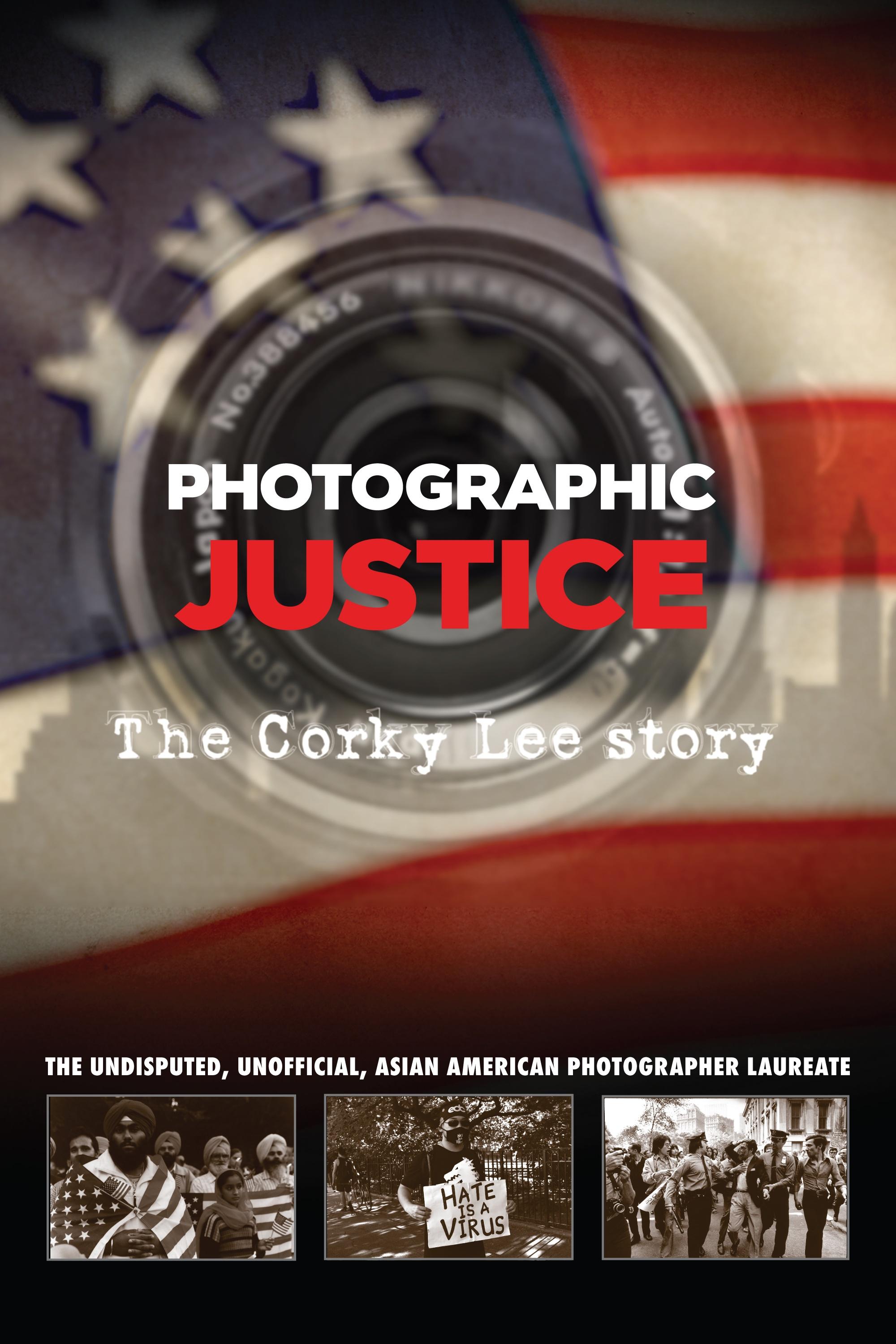
The Unofficial Photographer Laureate of Asian America

### Corky Lee and the Visual Chronicle of Asian America: Fifty Years of Photographic Justice
The late Corky Lee, affectionately regarded as Asian America’s “unofficial photographer laureate,” left behind an unparalleled legacy that interweaves art and activism. His posthumously compiled book, *Corky Lee’s Asian America: Fifty Years of Photographic Justice* (2024), serves as a profound testament to his life’s work. Edited by Chee Wang Ng and Mae Ngai, this retrospective showcases Lee’s indelible imprint on the cultural and political history of Asian Americans through the lens of his camera. In the process, it offers readers not only a visual feast but also a much-needed reevaluation of the narratives that have long excluded this community.
### Corky Lee: A Camera as a Tool for Justice
Lee began his career amidst the bustling streets of New York City’s Chinatown in the 1970s. But from the start, his photography extended beyond visual documentation; it was an act of justice and reclamation. He immortalized the people, places, and events of the Asian American experience that the mainstream media habitually overlooked. Whether it was everyday moments—like people lifting weights or enjoying festivals—or extraordinary acts of resistance such as protests against police brutality, Lee’s work gave visibility to a community that has long been marginalized.
One of his signature works, for instance, was a 2014 recreation of Andrew Russell’s 1869 photograph commemorating the completion of the Transcontinental Railroad. Russell’s original image famously excluded the Chinese laborers who had built the railroads, but Lee’s revision corrected this erasure by bringing 250 Asian Americans, including descendants of the laborers, to Promontory Point in Utah. The recreation was not just a photo; it was historical justice rendered in pixels.
### A Snapshot of Activism Through Generations
The publication places Lee’s photographs in chronological order, pairing them with insights from people who knew him and even those who were the subjects of his work. The result is an emotional and intellectual journey. The book captures pivotal moments of Asian American resistance throughout the decades—from Grace Lee Boggs protesting the Vietnam War in the 1960s to contemporary rallies against hate crimes during the COVID-19 pandemic.
Some of Lee’s most powerful work documented the aftermath of tragedies—moments when the ability to capture pain and resilience became its own form of protest. His photographs from post-9/11 South Asian communities grieving and fighting racial profiling are striking examples of his ability to humanize political struggles. Similarly, his 1983 documentation of protests following the light sentencing of the killers of Vincent Chin underscores his role as not just an observer, but a participant in the fight for racial and social justice.
### An Inclusive Asian America
Although Lee’s work is often rooted in his deep connection with the Chinese American community of Chinatown, he actively broadened his lens to include the diversity within the Asian American experience. From Japanese Obon festivals and Filipino Flores de Mayo processions to Sikh candlelight vigils and protests involving Southeast Asian refugees, Lee captured the layers of identity that define Asian America. His diverse portfolio illustrates how the struggles and triumphs of different Asian American communities are united by shared histories of exclusion, resilience, and activism.
### Photography as Education
While the book’s title suggests an expansive view of Asian America, some readers might observe that its focus leans heavily toward Chinese American stories, given Lee’s background and the origins of his work. However, the editors’ decision to provide rich historical and sociopolitical context throughout ensures it does not simply serve as a photo album but also an educational resource.
Sections of the book delve into otherwise neglected stories, like landlord-tenant disputes in Chinatown or campaigns for the establishment of neighborhood health centers. Although these may lack the drama of larger demonstrations, they provide crucial insight into the everyday struggles of Asian Americans. For Lee, these “smaller” fights were no less important—they were the community’s lifeblood.
However, some may find the book’s educational tone at times overly didactic. Details like the discussion of U.S. Census categorizations of Asian Americans in the 1980s and 1990s, while informative, could feel dense for casual readers. Still, this approach aligns with Lee’s mission to inform as much as to inspire, ensuring that the images carry their intended weight.
### Making the Invisible, Visible
Above all, *Corky Lee’s Asian America* accomplishes what its creator sought throughout his life—to bring visibility to what remains unseen. His body of work reflects not just the Asian American struggle, but also its joy, strength, and unity. In this way, his photography both critiques a history of erasure and celebrates the resistance against it.
The book closes with a poignant reminder that Asian Americans have played an integral role in the fabric of the United States for generations. Yet, as Lee’s friend and co-editor Mae